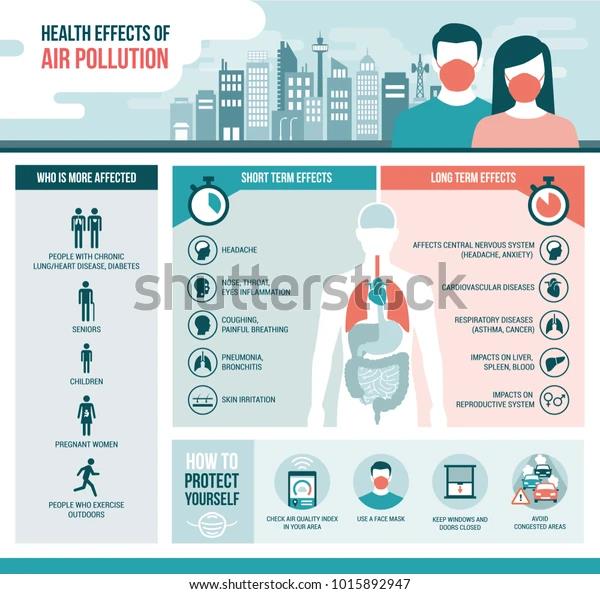PDF chapter test TRY NOW
Pollution of Air
Air is a mixture of several gases. The main gases are Nitrogen (78.09%), Oxygen (20.95%) and Carbon dioxide (CO2) (0.03%). Other gases like Argon, Neon, Helium, Krypton, Hydrogen, Ozone, Zenon and Methane are available in trace amounts. Besides, water vapour and dust particles make their presence felt in one way or the other.
Importance of Atmospheric Gases
- Oxygen: Breathing of living organisms.
- Carbon dioxide: For photosynthesis.
- Nitrogen: For forming products such as fertilisers for plants and for making the air inert.
- Ozone: Protects the earth from harmful ultraviolet radiation.
Air pollution is the contamination of the indoor or outdoor air by a range of gases and solids that modify its natural characteristics and percentage. Air pollutants can be categorised into primary and secondary pollutants.
- Primary pollutant: An air pollutant emitted directly from a source.
- Secondary pollutant: Not directly emitted as such, but forms when reacts with other pollutants or atmospheric gases (primary pollutants) present in the atmosphere.
Primary Pollutants
- Oxides of Sulphur (SOx)
- Oxides of Nitrogen (NOx)
- Oxides of Carbon (COx)
- Particulate Matter
- Volatile organic compounds (VOCs)

Secondary Pollutant
- Ground-level Ozone
- Smog
- Sulfuric acid and nitric acid (components of acid rain)
- Nitrogen dioxide (NO2)
- Ground-level Ozone
- Sulfuric acid and nitric acid (components of acid rain)
- Nitrogen dioxide (NO2)
